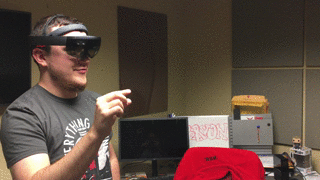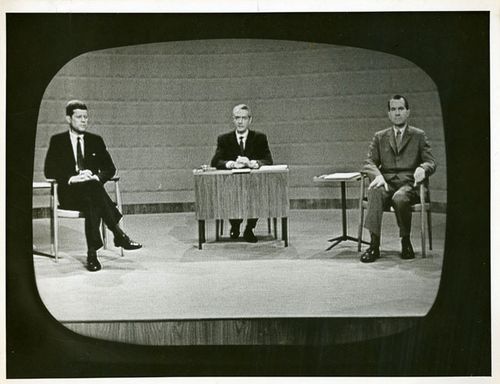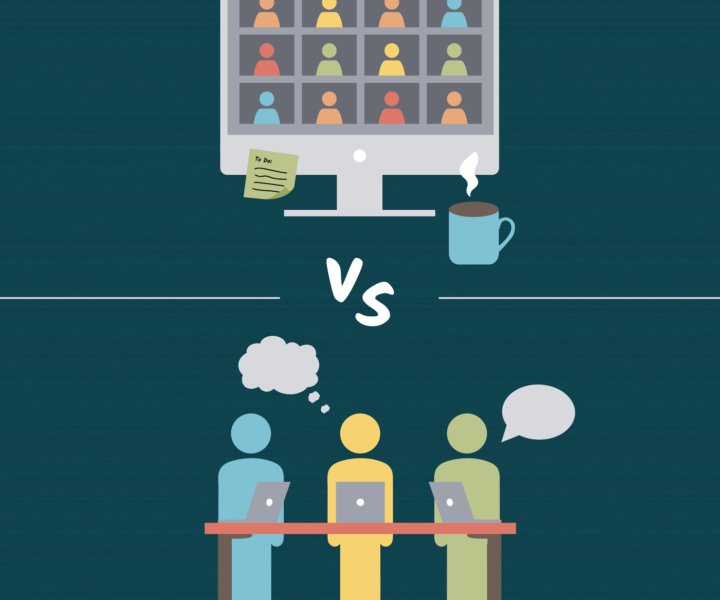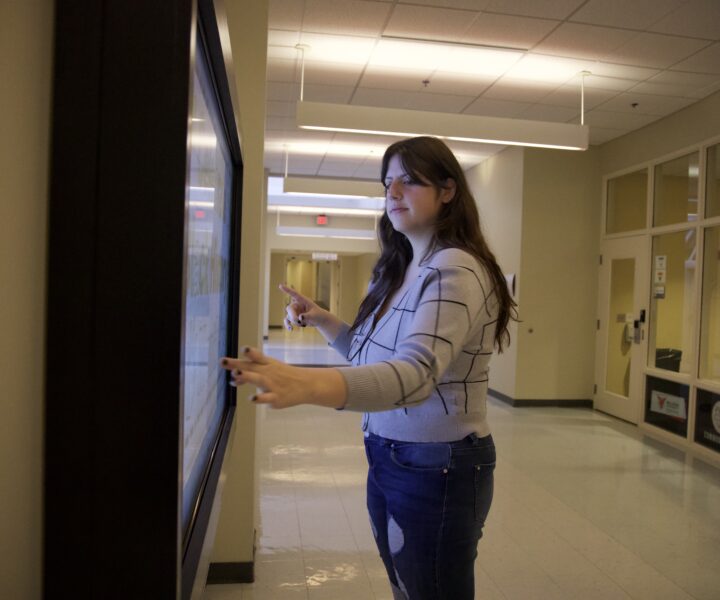Students at the Digital Corps are always challenged to research new technologies and discover any new best-practices for their respective industry. For instance, when the Corps was founded 12-years ago, the iPhone didn’t even exist. Now, developers will build iPhone apps.
With the apps we work on, bConnected, The Ball State Map App, and The Chirper, someone at the Digital Corps learns something new. Beyond these apps, Digital Corps developers work to understand the best new practices for web design, augmented reality and virtual reality. They even started using programming frameworks that are adopted by the top companies around the world.
Augmented and Virtual Reality Research
In the last couple of years, Digital Corps students have been conducting research to understand more about virtual reality and augmented reality, just like tech giants around the world. Facebook and Google are obsessed with this niche as the AR and VR marketplace is expected to reach $215 billion in market size.
“It’s becoming more and more of a mainstream technology,” said Seth Campbell, Digital Corps Developer. “Up until the last few years, it was too expensive, and you needed the best computer with the best hardware to run it. Now it’s becoming cheaper and more people are beginning to access it.”
The goal of VR research was to simply test out and understand the possibilities of the emerging technology. In order to identify the most opportunities, the Digital Corps built its own VR experience. The VR experience (or video game) explored different functionalities in VR, including moving in a virtual space, grabbing and picking up virtual objects, and interacting with the environment around you

Digital Corps alumnus, Josh Shoen, experiences the true power of augmented reality.
Seth and other Digital Corps developers have used this understanding of virtual reality to explore augmented reality. More recently, the Microsoft HoloLens has given students the opportunity to experience how AR can supplement the environment around them. The HoloLens are futuristic visors that display interactive environments on the world around you. Instead of using a controller to select something in a virtual world, augmented reality goggles let you simply point or tap something with your hands.
The work the Development Team has done with VR and AR has helped prepare them for the world of programming outside of Ball State. “If I ever work with it [AR or VR] in the future, it means I already have the foundation worked out,” said Seth.
A New Framework
Aside from virtual and augmented reality research, the developers and programmers have adopted frameworks throughout the years to help with their current workflow standards. For example, the developers use React to build websites more efficiently.
“It’s basically a way to organize the work that you do in these little self-contained components,” said Seth. “You may look on a website and see a piece that is repeated. If you didn’t use a framework, you would have to copy and paste that item on your website, over and over again.”
The framework has been supported by Facebook and other large tech companies, so as React is now an industry standard, Developers at the Corps receive training and practice on a regular basis.
Emerging Professionals
Students at the Digital Corps take the time to learn about the best practices in the industry, and the developers are no exception. Just as the Development Team explores new industry standards in virtual and augmented reality, other student professionals in the office learn about their respective fields. Designers and User Experience Team members are learning to use programs like Sketch, videographers are introduced to new equipment every year, and Communication Team members are consistently growing in their understanding of social media and digital marketing best practices.
To learn more about the Digital Corps, visit our website.



